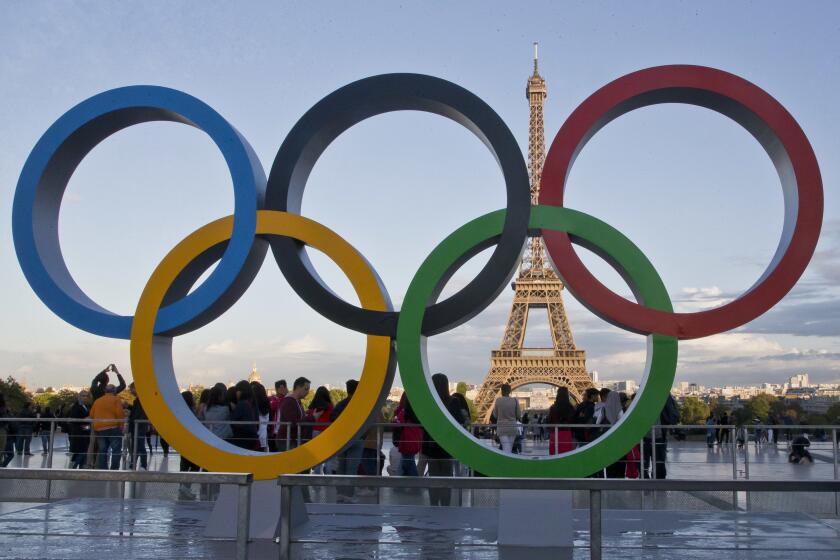Ecuadorian mummy may hold clues to spread of rare malady
A mummified body discovered in the central Ecuadorian city of Guano may be the missing link to understanding the spread in Europe of rheumatoid polyarthritis, according to French scientist Philippe Charlier.
The 42-year-old Charlier has participated in projects such as researching Adolf Hitler’s remains, as well as in studies of the remains of Joan of Arc and reconstituting the face of Maximilien Robespierre, among others.
Charlie arrived in Ecuador this week to study the “Guano mummy” and in his first examination of the remains on Tuesday, he found that the well-preserved body has deformations in both fingers and toes that are typical of rheumatoid polyarthritis.
“It’s a disease native to Latin America and this may be the oldest case discovered with this disease,” he told EFE.
For that reason, this mummy could be the “missing link that permits us to better know the origin and natural history of this disease,” which was brought to Europe by returning Spanish conquistadors.
Studies determine that at the time of the conquest there were many cases of rheumatoid polyarthritis in the Americas and simultaneously “very rare” cases in Europe and Asia, he said.
“We are going to look for confirmation of the disease and (perform) genetic studies to learn the man’s home region, why he developed the disease and what other diseases he had that could have favored the development of rheumatoid polyarthritis,” Charlier said.
“This man possibly corresponds to a time when the two worlds met and exchanged germs,” he said.
Charlier also will try to verify if the mummy found between the walls of a monastery is that of Lazaro de Santofimia, a Spanish Franciscan friar who died in his mid-40s.
Under Charlier’s leadership, CT scans, hair sample analyses and genetic, fibroscopic and toxicological tests will be performed to determine facts about the way of life in the 16th century in what is now the Ecuadorian province of Chimborazo.
For Charlier - who traveled to Ecuador as a result of the efforts of the Alliance Française - the mummy could also be the missing link for other diseases.
The naturally mummified remains were found in 1949 while removing rubble from an earthquake.
Charlier, the head of research at the Musee du quai Branly-Jacques Chirac in Paris, said he was surprised by the excellent state of the mummy’s preservation.
“It’s not crumbling, it’s not falling apart, there’s no moisture and there’s no mold, it’s perfect,” he said. “It’s as if he’s come from the 15th or 16th century to give us a message: Here’s my story, my life.”
By Susana Madera



